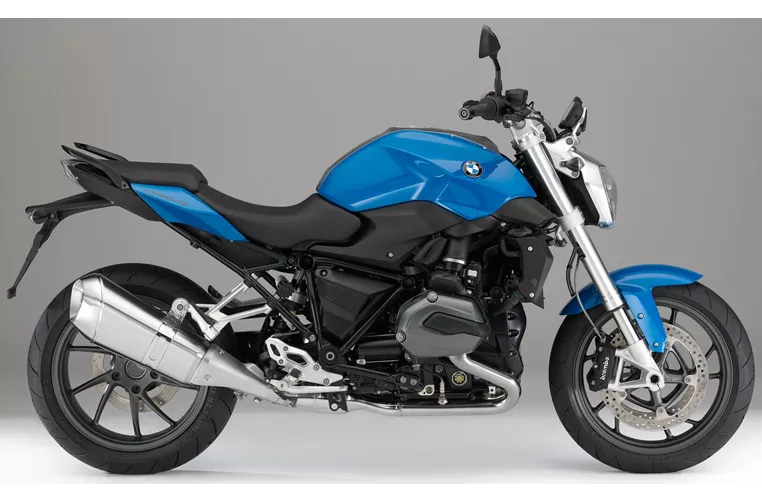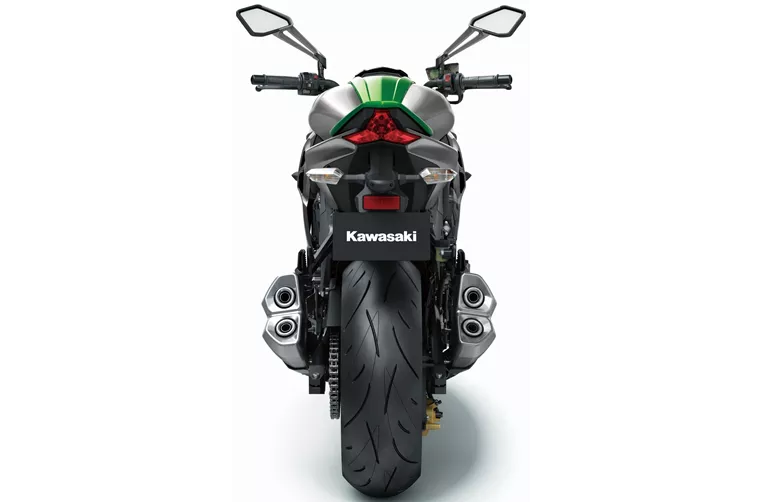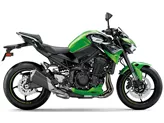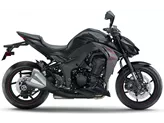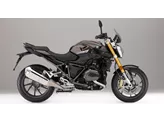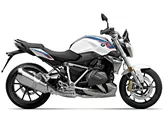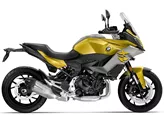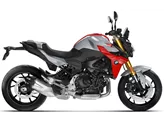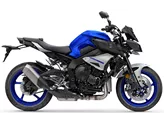BMW R 1200 R 2015 vs. Kawasaki Z1000 2014
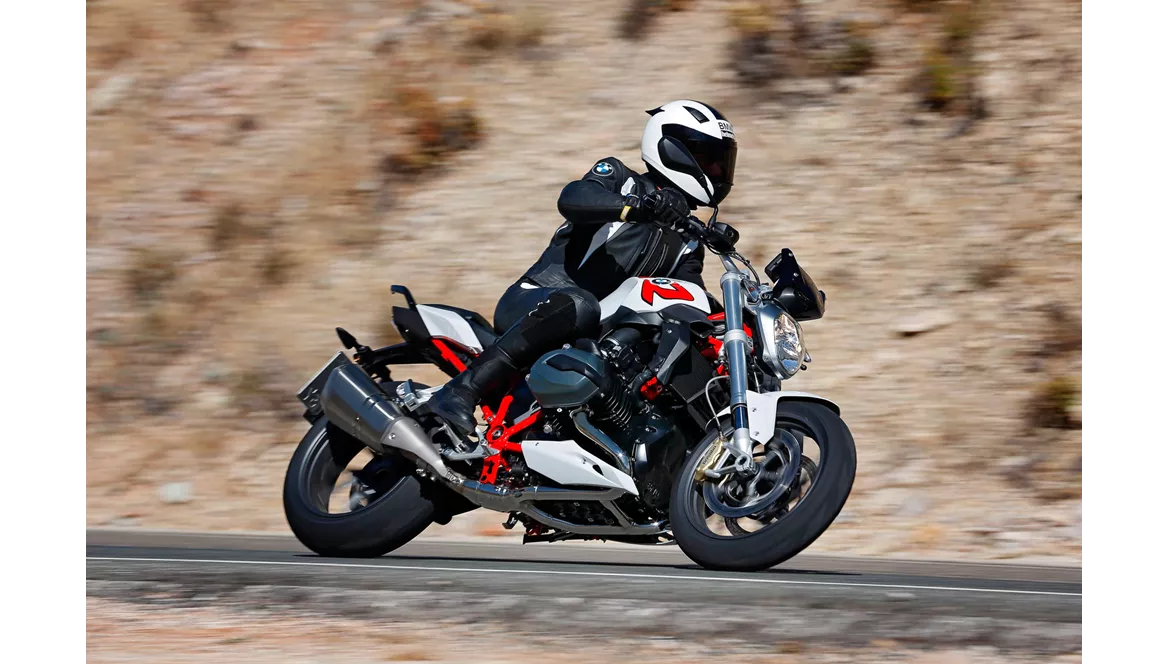
BMW R 1200 R 2015

Kawasaki Z1000 2014
Vue d’ensemble - BMW R 1200 R 2015 vs Kawasaki Z1000 2014
The BMW R 1200 R model year 2015 and the Kawasaki Z1000 model year 2014 are both naked bikes that offer a sporty riding experience. However, there are several differences between the two models that set them apart.
In terms of engine specifications, the BMW R 1200 R is equipped with a Boxer engine that delivers 125 horsepower and 125 Nm of torque. On the other hand, the Kawasaki Z1000 features an inline four-cylinder engine that produces 142 horsepower and 111 Nm of torque. While the BMW has a smaller displacement of 1170cc, the Kawasaki has a larger displacement of 1043cc. This means that the Kawasaki offers more power and torque, which may appeal to riders looking for a more aggressive and thrilling ride.
In terms of cooling systems, the BMW R 1200 R uses air cooling, while the Kawasaki Z1000 utilizes liquid cooling. Liquid cooling is generally more efficient and allows the engine to maintain a more consistent temperature, which can be beneficial for performance and longevity.
Both bikes have front suspensions, with the BMW R 1200 R featuring a telescopic fork and the Kawasaki Z1000 equipped with an upside-down telescopic fork. The choice of suspension may affect the handling and comfort of the bike, with the upside-down fork potentially offering better performance in terms of stability and responsiveness.
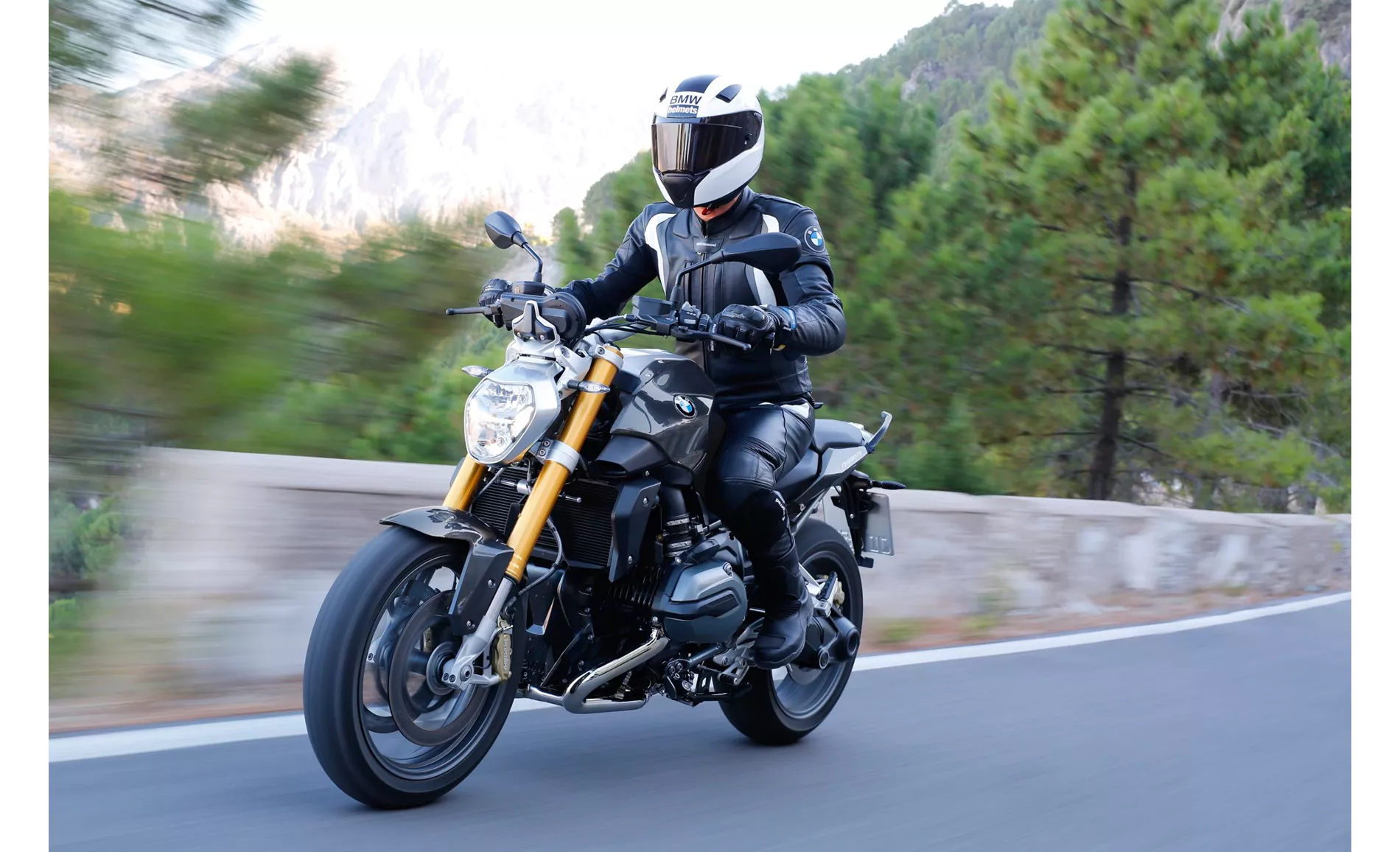
BMW R 1200 R 2015
In terms of frame construction, the BMW R 1200 R has a steel frame that is load-bearing, while the Kawasaki Z1000 features an aluminum frame that is a double cradle design. The choice of frame material and design can impact the overall weight and stiffness of the bike, which can affect the handling and maneuverability.
Both bikes have double disk front brakes with four pistons, but the BMW R 1200 R utilizes radial technology, while the Kawasaki Z1000 features radial and Petal technology. The use of radial technology can provide better braking performance and control.
In terms of tire dimensions, both bikes have a front tire width of 120mm and a diameter of 17 inches. However, the BMW R 1200 R has a rear tire width of 180mm, while the Kawasaki Z1000 has a wider rear tire width of 190mm. The wider rear tire on the Kawasaki may offer better traction and stability during cornering.
The BMW R 1200 R has a wheelbase of 1515mm, while the Kawasaki Z1000 has a slightly shorter wheelbase of 1435mm. A longer wheelbase can provide better stability at higher speeds, while a shorter wheelbase can offer more maneuverability and agility.
In terms of seat height, the BMW R 1200 R has a lower seat height of 790mm, while the Kawasaki Z1000 has a higher seat height of 815mm. The choice of seat height may depend on the rider's preference and comfort.

Kawasaki Z1000 2014
Both bikes have different fuel tank capacities, with the BMW R 1200 R having a larger capacity of 18 liters, compared to the Kawasaki Z1000's 15 liters. This means that the BMW may offer a longer range before needing to refuel.
In terms of strengths, the BMW R 1200 R has a sporty look, a powerful engine, a comfortable seating position, and comes standard with ABS and traction control. It also offers two riding modes, allowing riders to customize their riding experience. On the other hand, the Kawasaki Z1000 has a sophisticated design, extremely pleasant handling, a pleasant sound, and good brakes.
However, the BMW R 1200 R does have some weaknesses, such as many cool features being available at an extra cost and a poorly readable rev counter. On the other hand, the Kawasaki Z1000 has a higher purchase price compared to the S1000R, which may be a drawback for some potential buyers.
In conclusion, both the BMW R 1200 R 2015 and the Kawasaki Z1000 2014 have their own unique features and strengths. The BMW offers a powerful engine and a comfortable riding position, while the Kawasaki provides a more aggressive design and excellent handling. Ultimately, the choice between the two will depend on the rider's personal preferences and priorities.
Caractéristiques techniques BMW R 1200 R 2015 par rapport à Kawasaki Z1000 2014
Avantages et inconvénients en comparaison
Avantages et inconvénients en comparaison
BMW R 1200 R 2015
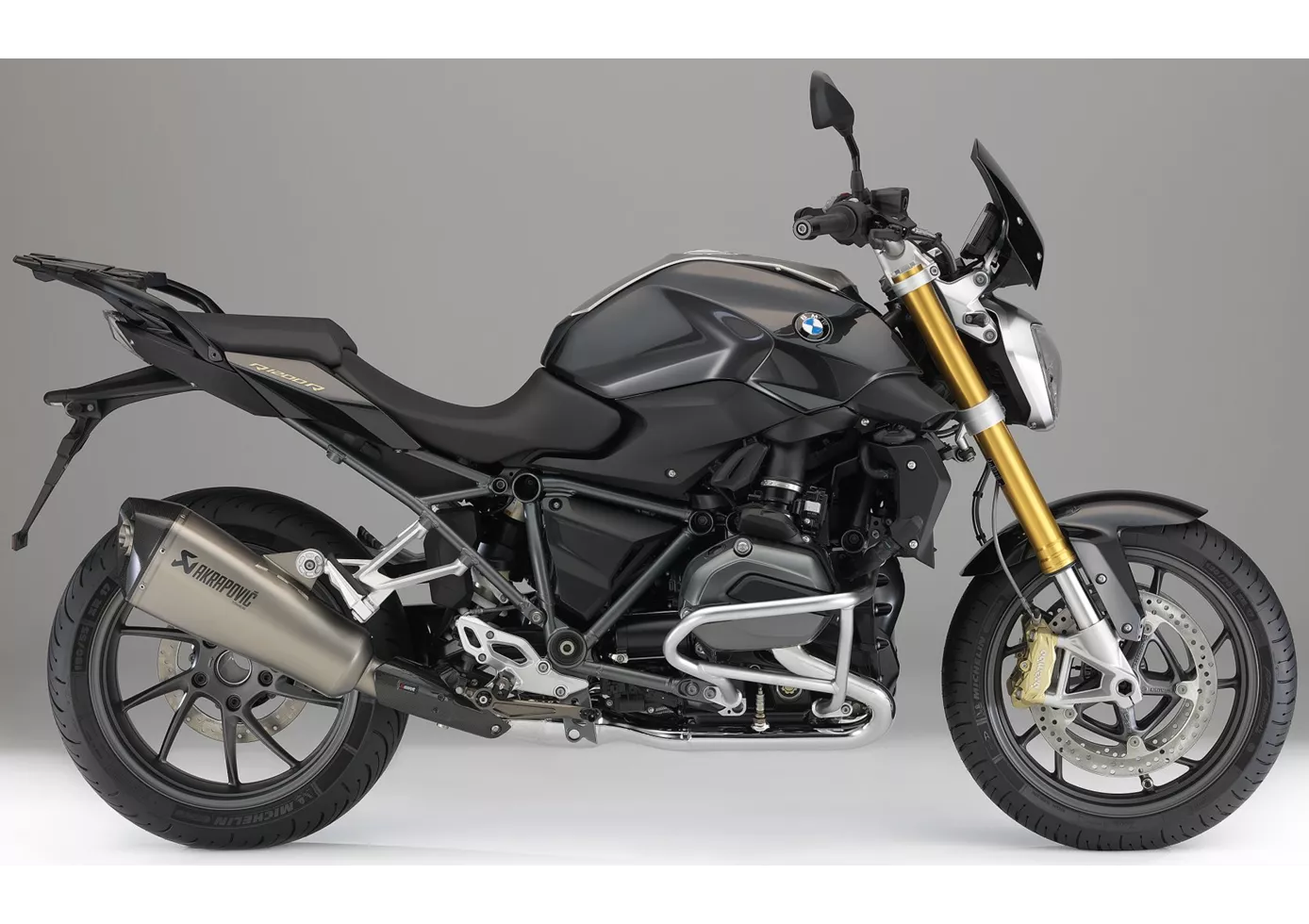
Le modèle précédent pouvait déjà être conduit de manière sportive et convaincre lors de randonnées, la nouvelle R 1200 R peut faire encore plus - grâce au système de valises (bien sûr payant), les voyages ne posent toujours pas de problème, mais elle maîtrise encore mieux le sport. Grâce au moteur bicylindre boxer désormais partiellement refroidi par eau, elle est merveilleusement agile - 125 ch ne semblent certes pas particulièrement élevés sur le papier, mais le moteur pousse de manière incroyable et se comporte en outre de manière raffinée. Le châssis et les freins marquent également des points et la position d'assise est sportive et droite, ce qui permet de couvrir un large spectre allant du plaisir à la conduite. Malheureusement, BMW a aussi parfaitement compris l'astuce de la liste de prix supplémentaires. Le modèle de base est en effet bien équipé avec l'ABS désactivable, l'antipatinage également désactivable et deux modes de conduite, mais de nombreux gadgets intéressants sont presque obligatoires - et font bien sûr grimper le prix.
Kawasaki Z1000 2014
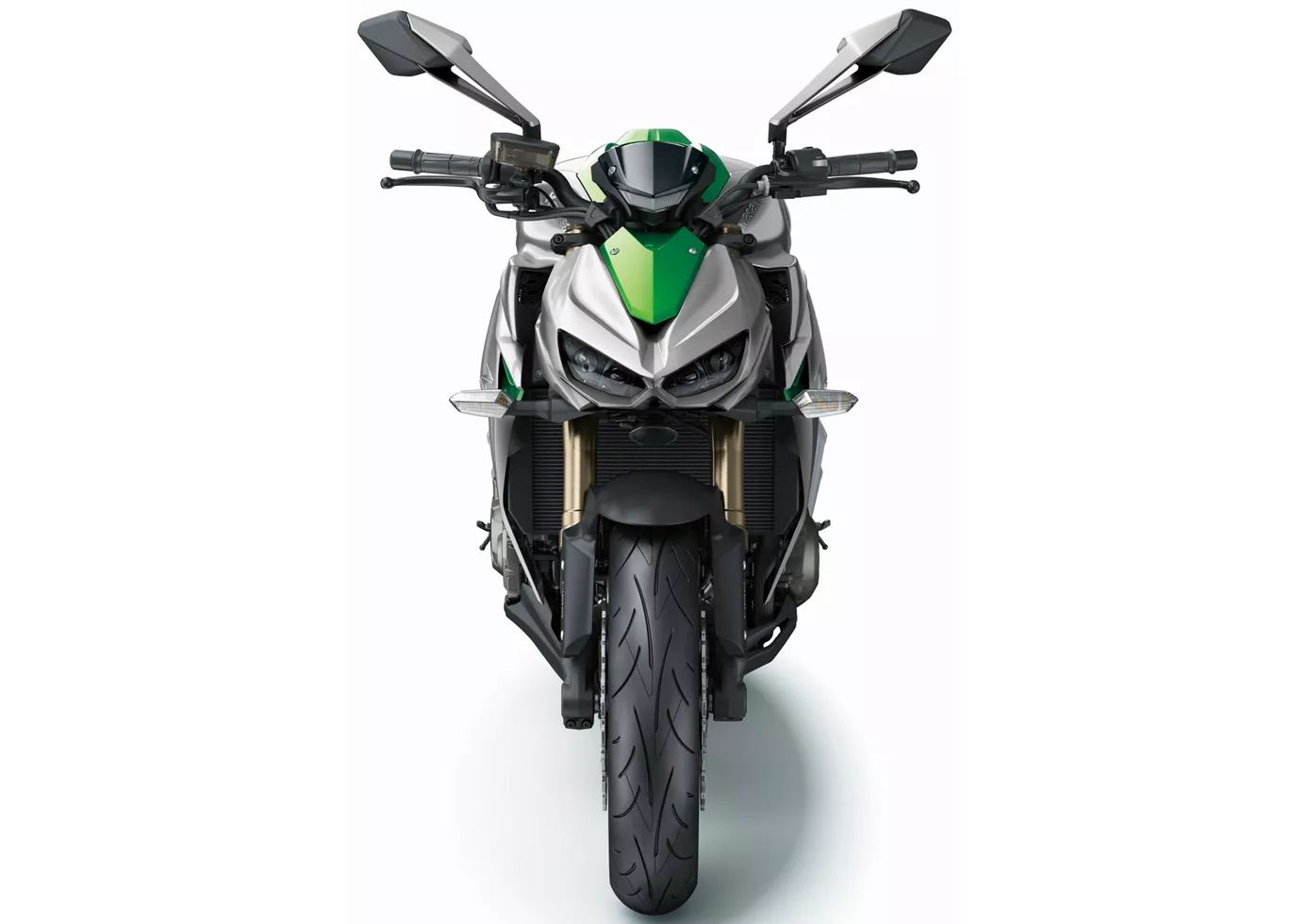
La Kawasaki Z1000 (2014) est une déclaration contre la tendance électronique de son époque - et c'est précisément ce qui la rend particulière aujourd'hui. Son quatre cylindres au caractère bien trempé, sa mécanique directe et sa focalisation sans compromis sur l'essentiel répondent aux attentes d'une époque où de nombreuses motos sont devenues des ordinateurs roulants. Oui, elle renonce aux systèmes avancés d'aide au pilote et à une protection parfaite contre le vent. Mais elle offre en contrepartie une authentique expérience de conduite de nakedbike, associée à la fiabilité japonaise et à des coûts d'entretien raisonnables. La Z1000 n'est pas une machine pour les drogués de la fiche technique ou les fans d'électronique - c'est une moto pour ceux qui veulent encore décider eux-mêmes de leur conduite. Une moto honnête avec du caractère, qui continue à enthousiasmer même après des années et qui fait plus que remplir son rôle d'antithèse émotionnelle de la modernité Digital.
Comparaison des prix Prix moyen du marché BMW R 1200 R vs Kawasaki Z1000
There are a few key differences between a BMW R 1200 R 2015 and a Kawasaki Z1000 2014. In terms of price, the actual average price of a BMW R 1200 R 2015 is about 17% higher. A BMW R 1200 R 2015 experiences a loss of 980 USD in one year and 620 USD in two years of ownership. This is offset by a loss of 660 USD and 490 USD for a Kawasaki Z1000 2014. Compared to Kawasaki Z1000 2014 there are more BMW R 1200 R 2015 bikes available on the 1000PS.de Marketplace, specifically 23 compared to 12. It takes less time to sell a BMW R 1200 R with 69 days compared to 75 days for a Kawasaki Z1000. Since model year 2007 1000PS.de editors have written 27 reviews for the BMW R 1200 R and 41 reviews for the Kawasaki Z1000 since model year 2005. The first review for the BMW R 1200 R was published on 7/7/2006 and now has more than 14,900 views. This compares to more than 5,800 views for the first review on Kawasaki Z1000 published on 9/2/2002.
